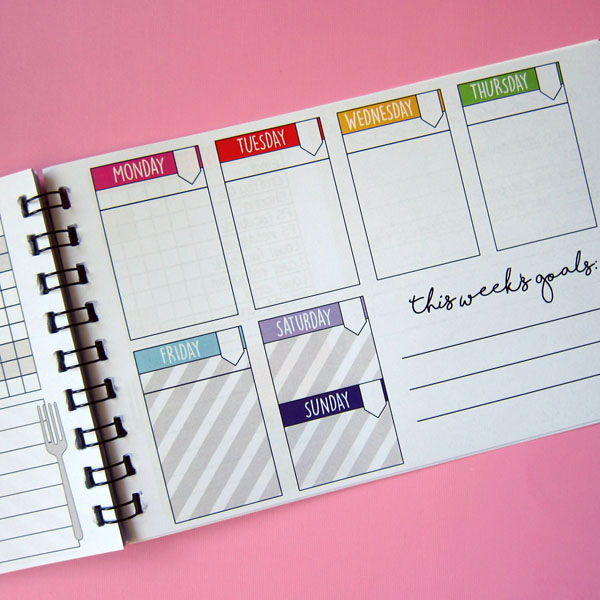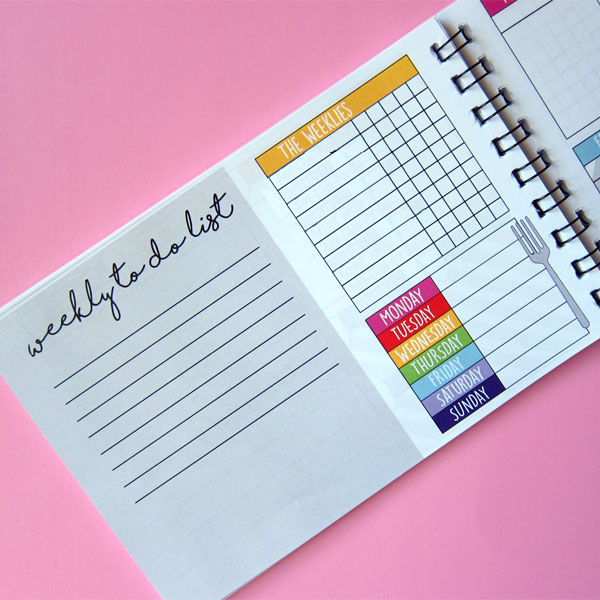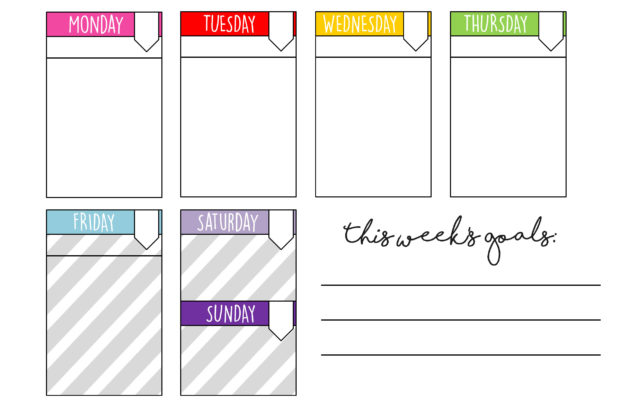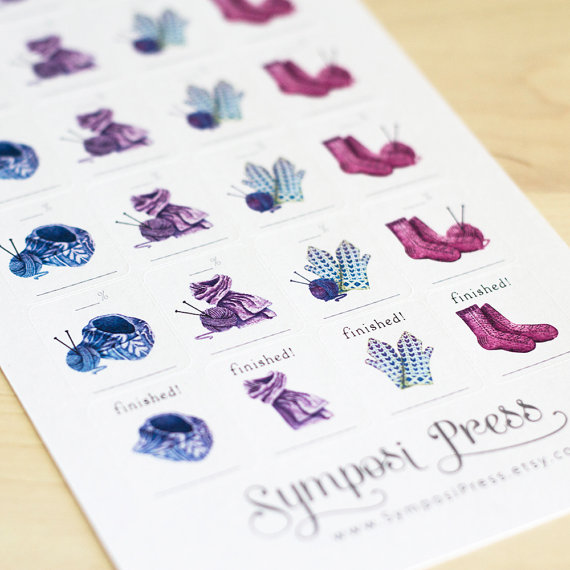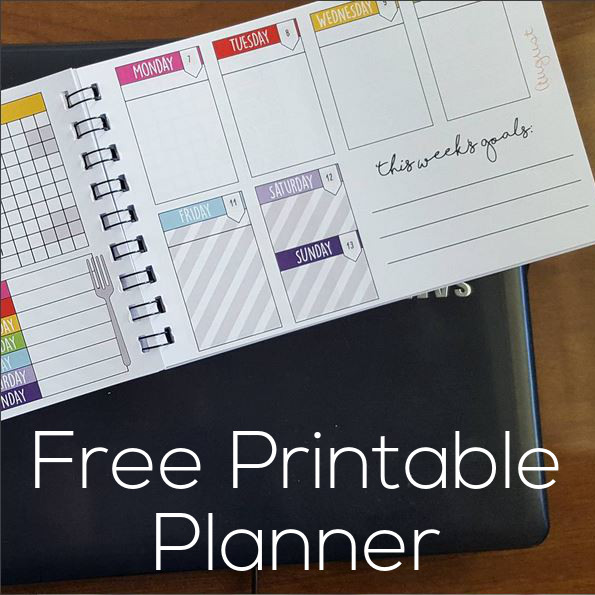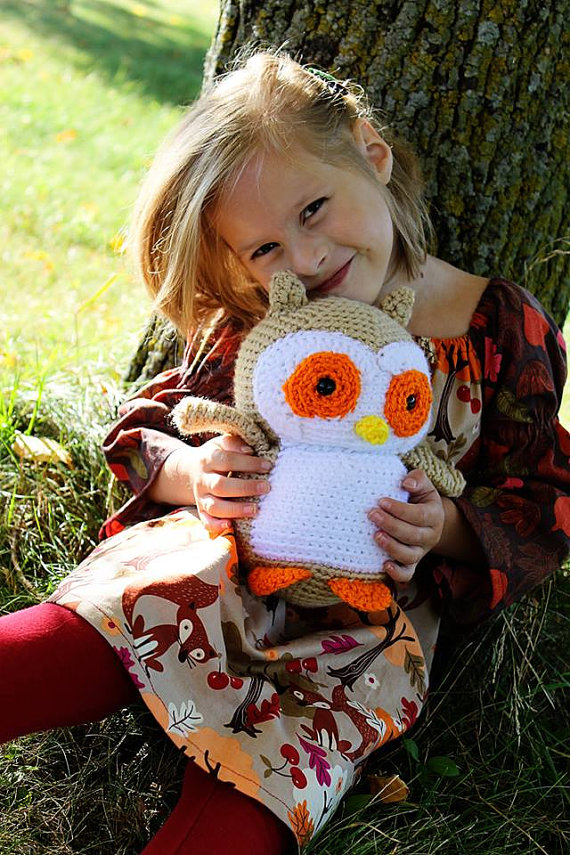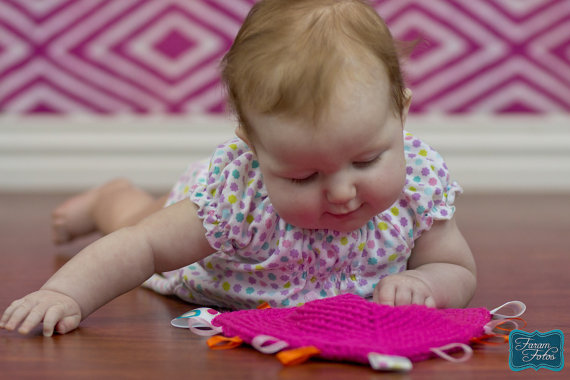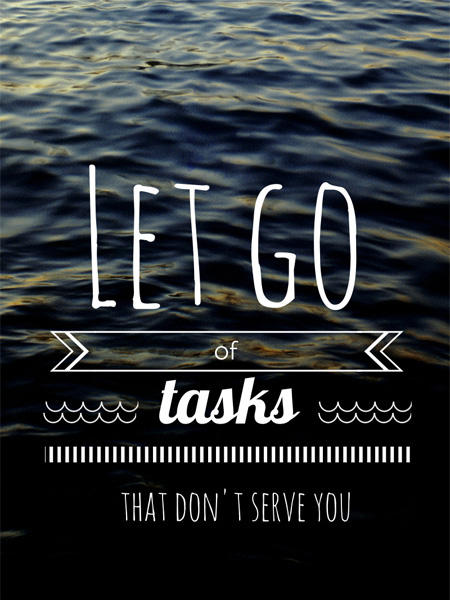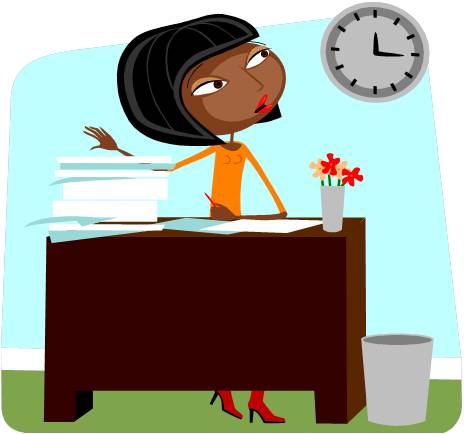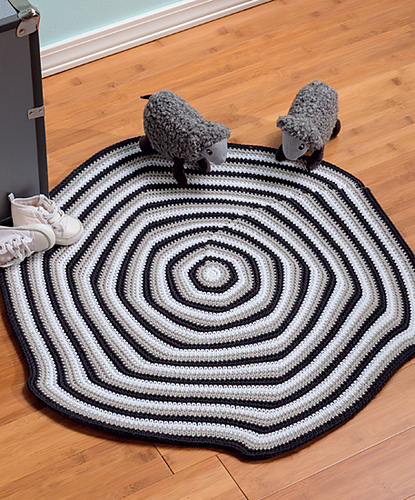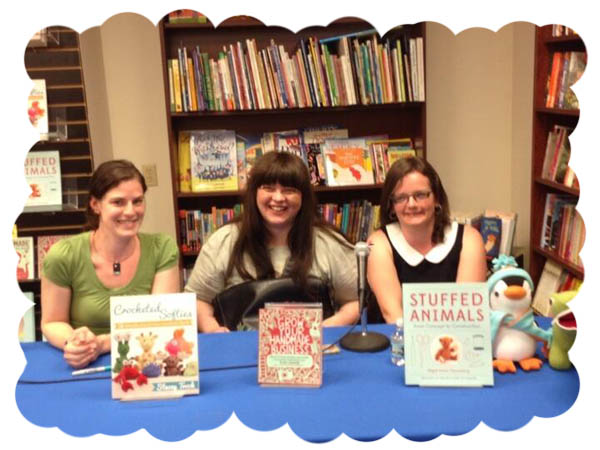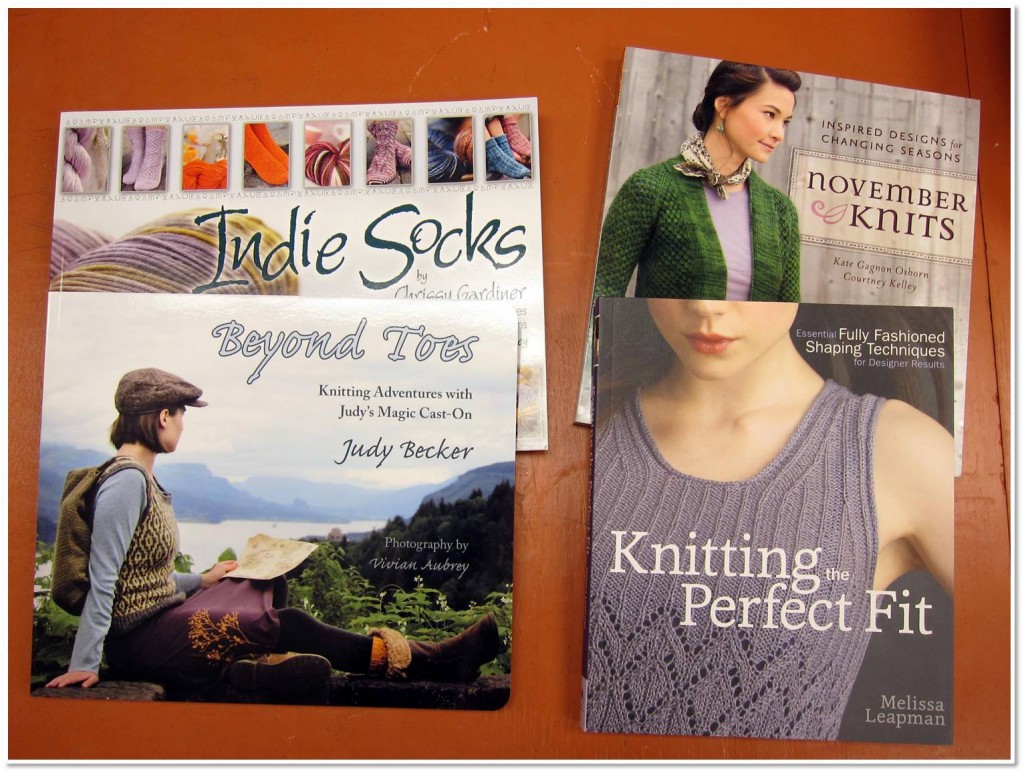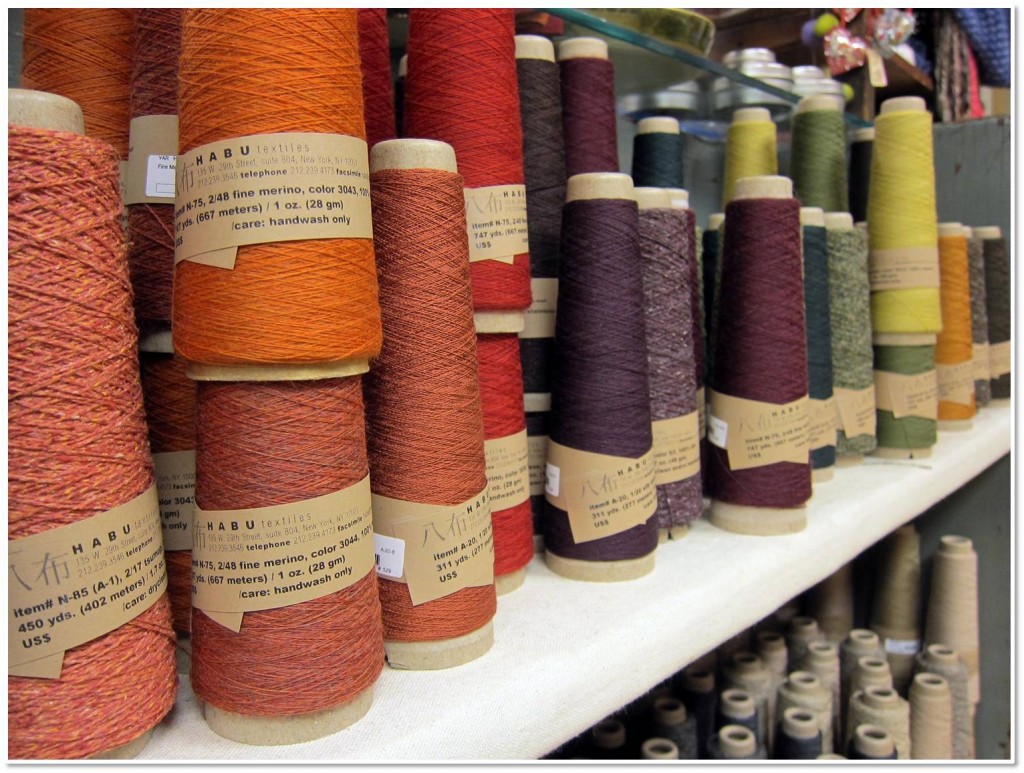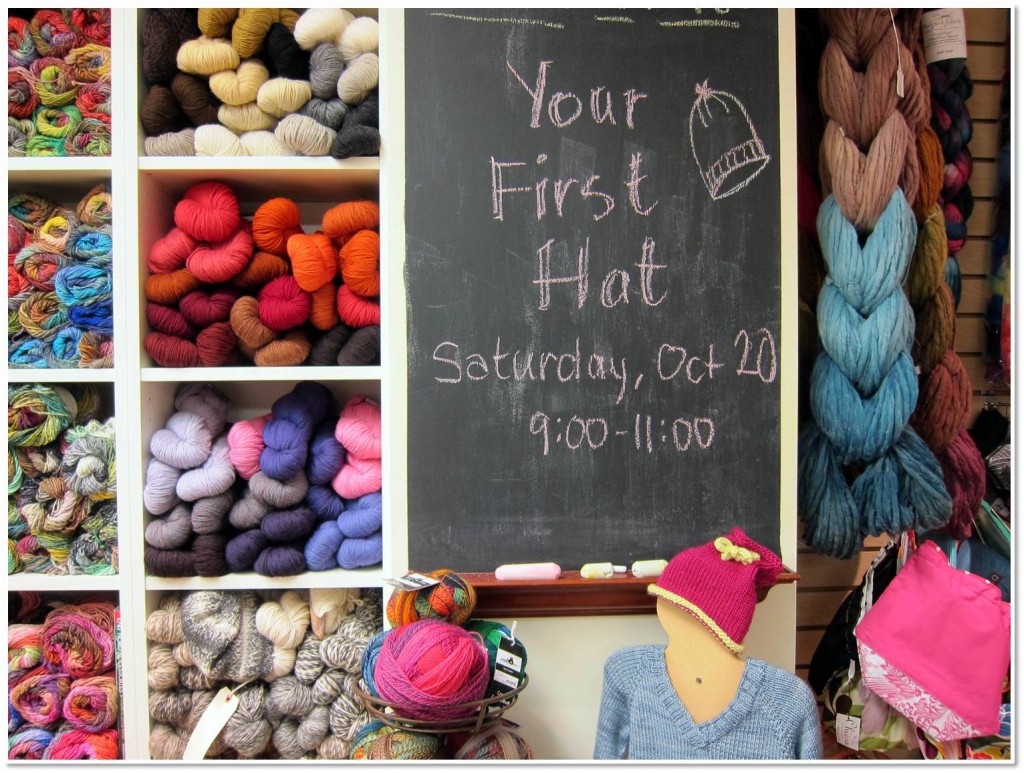I teach people to crochet. More specifically, I’m very keen on teaching folks how to crochet adorable stuffed animals. I also teach crocheters how to create their own stuffed animal designs.

This last aspect of my chosen career has raised some eyebrows. I’ve been asked, “Aren’t you diluting your brand by teaching others to crochet like you?” and “Aren’t you creating your own competition?”. Wow. Big questions.
Today, I’m going to chat about my answers to questions, and share with you the reason I teach design: because folks from my classes are becoming designers and releasing their own patterns… and that makes me ecstatic! Isn’t that why teachers teach? To see students put to practice what they learned? I think it is!
FAQ: Fears about teaching design
I understand where these fears come from. It’s tough to make a living selling $5 patterns, and so there’s a natural defensiveness that can arise.
But I don’t think of my job as competitive. My job is to publish high-quality crochet patterns featuring designs in my own, unique style. And people who like my style might buy my patterns.
It’s hard for me to get my tail feathers in a ruffle when a new designer comes along. Miss New Designer has her own style! Some people will like it, and that’s okay. People will still like my patterns.
I’ll answer a couple of frequently asked questions.
Q: Don’t you think that teaching other people to design in your style will dilute your brand?
No, I don’t.
First, I teach certain techniques (like crocheting through the back loop and crocheting spiral rounds) because I think these create a better crochet fabric & overall design. In my opinion, these are techniques for your crochet toolbox, not ‘secrets’ of my style. I wasn’t the first person to ever use the back loop in crocheting, and I won’t be the last!
Second, ‘my style’ is something that’s difficult to teach or copy. My style is the ideas that pop into my head. My style is my judgement call about whether a nose looks better attached to round 8 or 10. I’m not trying to teach ‘my style’ because I’m not sure that I could! What I teach is methods for allowing crocheters to express their own style in the form of a unique design and, if they want, a crochet pattern.
Third, my brand is more than just my designs. My brand is a reputation for incredibly clear and photo-rich crochet patterns. It’s my commitment to replying to questions via email in a quick and helpful manner. It’s my blog, full of tutorials and videos. None of those things are diluted by teaching others to design.
Aren’t you afraid you’ll sell fewer patterns if there are more designers?
Not really. Keep in mind: there are always going to be more designers! You can’t stop that.
A revised question might be: can there be too many crochet stuffed animal designers? And I don’t think so. There’s a very interesting phenomenon that happens: the more people do something, the bigger the niche grows.
I’ll give you an example. Let’s pretend you were a computer manufacturer in 1980. You were probably one of the only two manufacturers in existence. But, there were only a few thousand people using computers. What happened over time? The more manufactures built computers, the more customers bought computers. Which meant that owning a computer was more useful: more friends had them and more software was being made. The entire niche grew. Now there are dozens of manufactures, but there are billions of users. The number of customers per manufacturer has increased, despite increased competition.
And that’s how crocheting is. It’s a myth that there are x number of crocheters out there that us designers are fighting for. As more people crochet, it’s more likely someone will think, “hmm… my friend makes those cute animals, maybe I’ll give it a try!” We’re constantly adding to the pool of crocheters.
Is someone going to steal your designs?
Here’s another truth: if someone is steal your design, they’re going to do it. In fact, oodles of crocheters already have the skills to copy a design, even without the benefit of my fabulous teaching skills.
I’m not making the problem any worse by teaching crocheters to design. I’m training crocheters to come up with their own designs! To put in yarn ideas that come from their own heads! If anything, I think I’m solving the problem of knock-off-ing.
Anyway, every student I’ve had (in real life or online) has been a real joy. Once we’ve spent hours together, it feels like we’re friends. If anything, it’s my students who are the most protective in online forums about my rights as a designer. Because we’ve built a relationship of trust. They’re not in it to steal my designs or hurt me!
Meet who makes me happy!
Okay, now onto the fun stuff!
I want to introduce you to two ladies who make me deliriously happy. They’re students of mine who are budding designers!
Hollie!
Hollie is a sweetie, who also happens to be one of the moderators in the FreshStitches Ravelry group. She’s the one who puts together the amazing swaps that happen in the group, and also the one who surprised me with the FreshStitches Cowl that I chatted about as being one of my fave pieces.
Introductions aside, Hollie just published her first pattern this week!
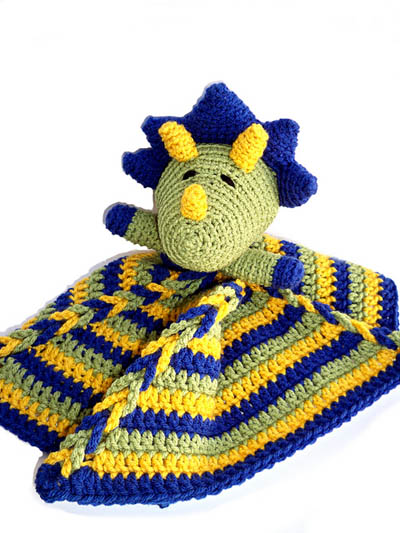
It’s a Triceratops Lovey… and isn’t it amazing? The triceratops is just stinkin’ adorable, and the detail on the lovey is fantastic. I couldn’t be more thrilled!
Love Hollie? Check out the lovey, find Hollie on Ravelry and check out Hollie’s blog!
Alyssa!
If you follow this blog, you know Alyssa! She’s the author of the much-loved What does Amigurumi Mean? blog post and also winner of the Slug-a-long. Alyssa is a smartie with a fabulous photographic and styling eye.
Alyssa also just completed her first design:
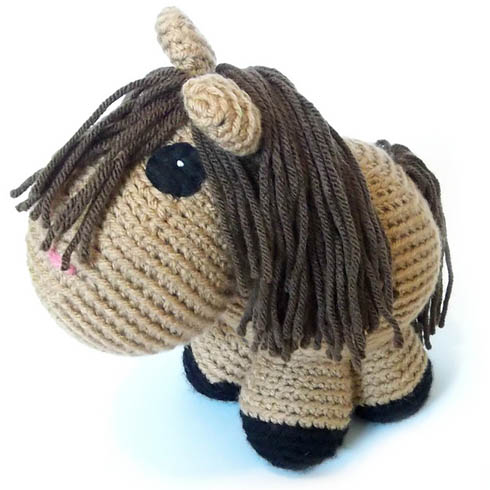
An adorable horse! It’s still in the pattern-development stage, but rumor has it that it’ll be released as a pattern next month. So exciting!
Love Alyssa? find Alyssa on Ravelry!
Do you see why I do what I do?
With great students like this… teaching is such a fabulous experience!

If you think you’d like to give designing a shot (even if it’s just for your own fun!), come over to my Design Your Own Monster class!

